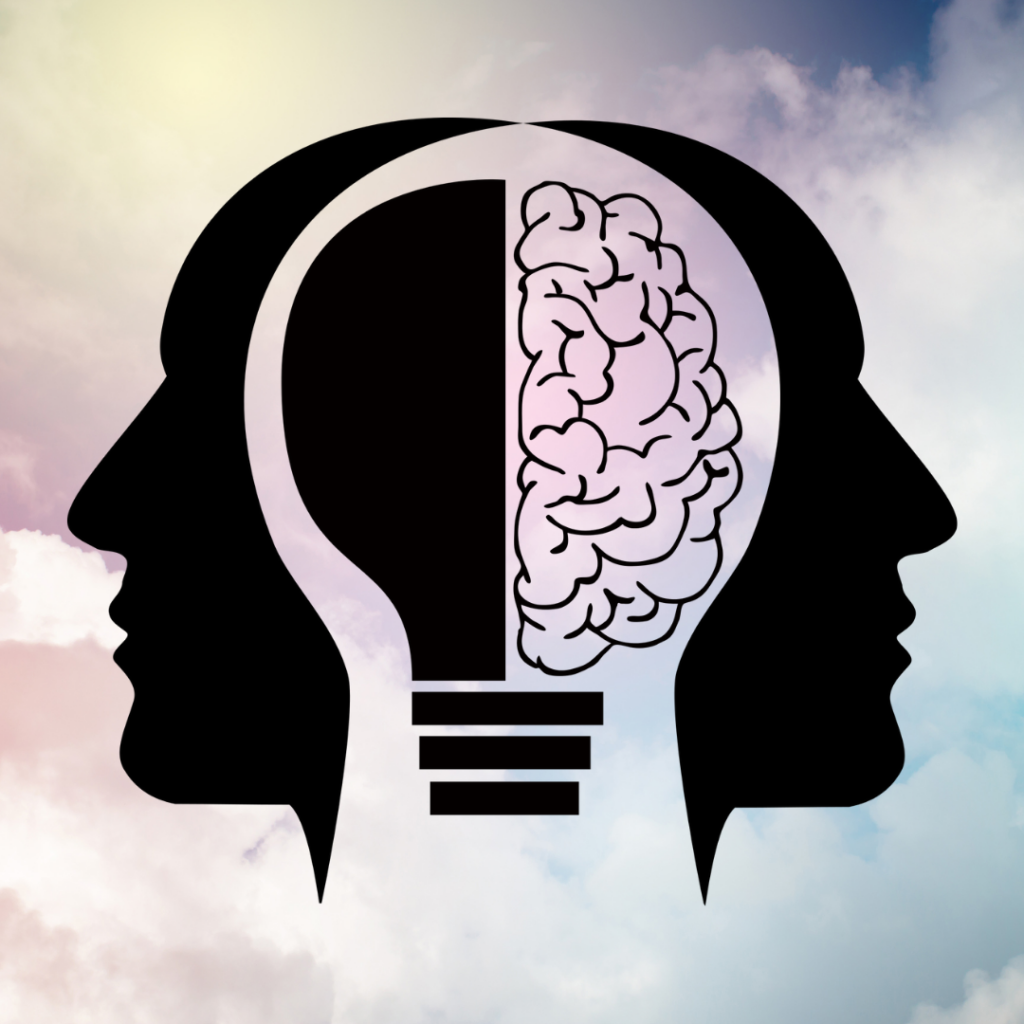Bipolar disorder (BD) is a mental health disorder characterized by dramatic shifts in mood, energy, and activity levels that affect a person’s ability to carry out day-to-day tasks. This mood disorder is faced by millions of Americans every year. Research estimates that 4.4% of the adult population will experience it at some point in their lives, totaling over 14 million people in the United States alone.
This same research found that BD had the highest percent of serious impairment among all mood disorders at 82.9%. With this serious health issue affecting so many people, it is important to learn about BD and to seek help if you are showing signs.
Signs and Symptoms
People who have bipolar disorder experience periods called “mood episodes.” These episodes include abnormally intense emotion, changes in sleep patterns and energy levels, and uncharacteristic behaviors. These changes are often experienced without the person knowing their harmful or undesirable effects.
Mood episodes for someone with BD are experienced in a much different way from the typical person. During an episode, the symptoms appear every day and for most of the day. Depending on the person, the mood episodes can last for several days or weeks. There are three known types of bipolar disorder: bipolar I, bipolar II, and cyclothymic disorder.
Mood episodes fall under two categories, manic and depressive, although some people may experience symptoms of both. Manic states typically include increased energy, lack of sleep, lack of appetite, racing thoughts, and risk-taking behavior. Risk-taking behavior could be eating or drinking excessively, over-spending, reckless sex, and abusing substances.
Manic episodes are described as feelings of being elated, irritable, or touchy, as well as feeling “wired.” Manic people may multitask and take on more than they can handle. There is also the possibility that they feel unusually talented, important, or powerful.
Depressive episodes are the complete opposite. People in this state may feel sad, “down,” empty, worried, or hopeless. Sleep is either harder to get, or people may oversleep often. Appetite may increase and weight gain can result from that. People in a depressive episode may also have little interest in almost all activities or an inability to experience pleasure (anhedonia). Concentration and memory can take a negative hit, and decisions may be more difficult to make. Doing simple tasks that normally are not a problem may suddenly feel difficult.
Finally, in contrast to the increased sense of self-importance manic episodes can cause, people in a depressive episode may feel worthless and even suicidal. Both of these mood episodes can hurt someone’s quality of life and stop them from living healthily. Thankfully, proper diagnosis and treatment can help people lead healthy, active lives.
BD and Substance Use
Unfortunately, a significantly high percentage of people with BD have a substance use disorder (SUD). In a large study with over 40,000 participants, those diagnosed with bipolar I had a “58% lifetime prevalence of co-occurring alcohol use disorders and a 38% lifetime prevalence of any drug use disorder.” These numbers were also higher for people with bipolar II, but lower than bipolar I.
Many possible factors could have caused this increase in SUD for people with bipolar disorder, but two of the major causes may lie in the symptoms of BD.
When someone goes into a depressive episode and the things that normally pleased them no longer do so, they may turn to substances to change their mood. People with severe depression without BD also experience higher SUD rates, which could be a product of anhedonia (the inability to enjoy activities one previously enjoyed.)
During a manic episode, racing thoughts, excess of energy, and irritability may lead people towards depressants like alcohol to try and change their mood in the opposite direction. The same study mentioned above found that non-compliance to treatment and suicide attempts were higher in bipolar disorder patients who had a substance use disorder.
Seeking Treatment
Bipolar disorders and substance use disorders are unfortunately co-occurring in many people’s lives. The importance of seeking treatment for both of these disorders rather than just one can hardly be understated.
Nobody should have to go through the hardships of BD on their own, let alone substance use disorder as well. Thankfully, the medical community is now aware of this importance more than ever. Many treatment centers across the country and world now offer combined treatment for a dual diagnosis such as this, which has greatly increased the chances of success for many patients.
You can find an informative page on bipolar disorder and its relation to SUD here.
Bipolar disorder is life-changing and can be challenging to overcome. Many of us learn to cope with our problems in various ways, and at times these coping mechanisms can be harmful. If you have developed a substance use disorder and also have BD, finding a dual treatment center can be vital in your recovery. Everlast Recovery Centers is one such facility, treating both addiction and mental health disorders together. We use various treatments and therapies in tandem to fit each of our client’s needs, giving them the best chances of success possible. Your unique circumstances will be taken into account. Our clinically trained and caring staff allows our clients to feel comfortable talking about their mood changes and their disorder. We offer the ability to begin your BD treatment now while also taking on your addiction, allowing for a better path to healing. To learn more about our services, call (866) 338-6925 today.





